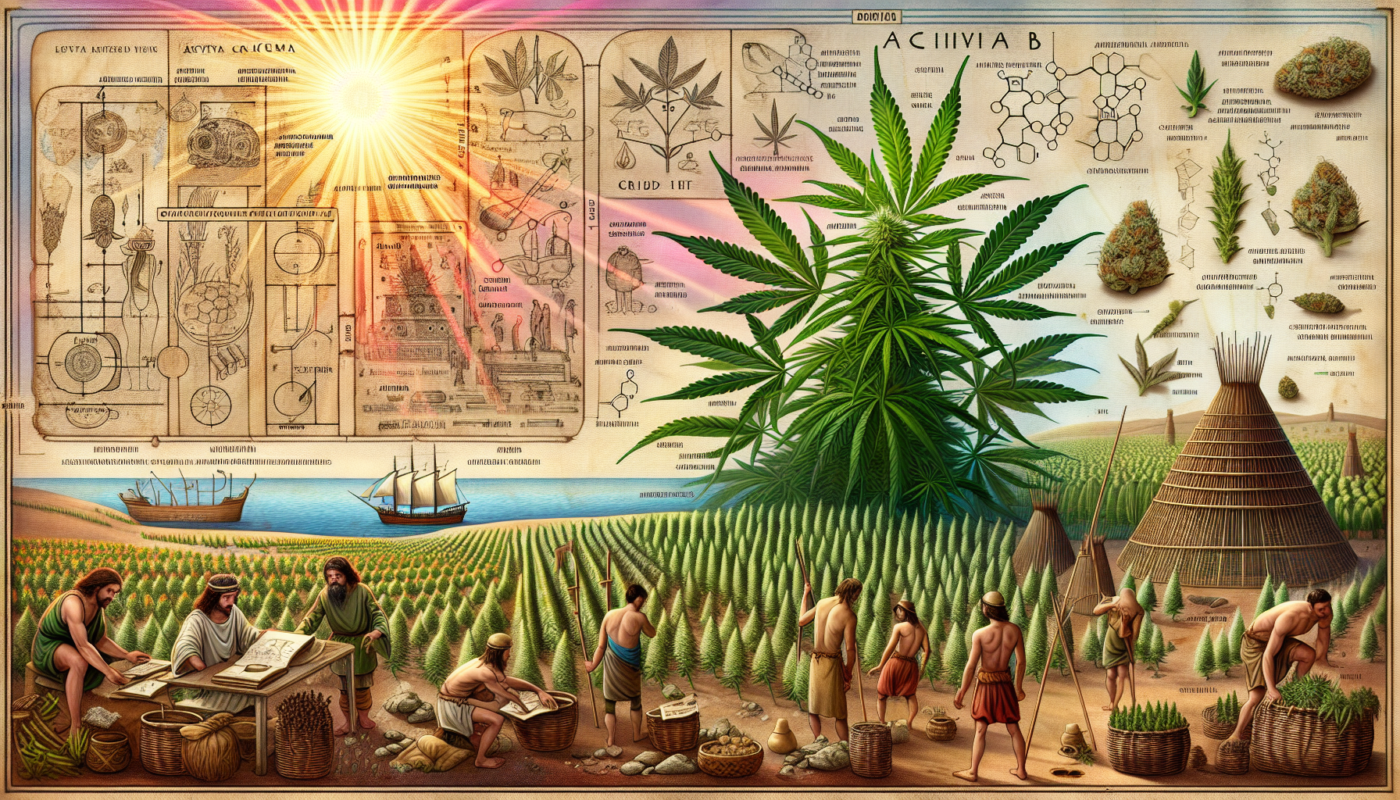Introduction
Cannabis Sativa, one of the most well-known strains of cannabis, has captivated people for centuries with its uplifting and cerebral effects. From ancient civilizations to modern enthusiasts, the cultural and practical applications of Sativa have been vast and varied. This article delves into the rich history, versatile uses, and sophisticated cultivation techniques of Sativa cannabis.
Historical Background
Ancient Origins
Sativa cannabis has been utilized by various cultures for thousands of years. Historical evidence suggests that it was first domesticated in Central Asia, particularly around the areas that now constitute China and Mongolia. Ancient texts from China dating back to 2700 BCE reference the use of Sativa for medicinal purposes.
Global Proliferation
As trade routes expanded, so did the dissemination of Sativa. The plant made its way to the Middle East, Africa, and eventually Europe. Each region adopted and adapted the plant for their own specific needs, from treating ailments to clothing and paper production.
Uses of Sativa Cannabis
Medicinal Applications
One of the most prominent uses of Sativa cannabis is in the medical field. Known for its high THC content, Sativa strains are often prescribed for conditions such as chronic pain, depression, and fatigue. Modern medical research continues to uncover the potential benefits of Sativa, including its anti-inflammatory and neuroprotective properties.
Recreational Use
Recreational users of Sativa cannabis often seek its uplifting and euphoric effects. Unlike its counterpart, Indica, which is mainly associated with relaxation, Sativa is renowned for enhancing creativity, motivation, and focus, making it a popular choice for social gatherings and creative endeavors.
Industrial and Environmental Uses
Beyond medical and recreational use, Sativa has been historically valued for its fibrous stalks used in the production of hemp. Hemp derived from Sativa can be used to make textiles, biodegradable plastics, and even as a sustainable building material. This versatility underscores the environmental benefits of cultivating Sativa cannabis.
Cultivation Techniques
Ideal Growing Conditions
Sativa plants typically thrive in warm climates with long daylight hours. Regions close to the equator such as Southeast Asia and Central America are ideal for outdoor cultivation. The plant is characterized by its tall and lanky structure, often reaching heights of up to 20 feet.
Soil and Nutrients
Quality soil with excellent drainage and a slightly acidic to neutral pH is ideal for cultivating Sativa strains. Organic matter, compost, and specialized nutrients can significantly enhance growth and yield. Regular monitoring for pests and diseases is also crucial.
Harvesting and Curing
Timing is essential when it comes to harvesting Sativa. Unlike Indica strains, which have a shorter flowering time, Sativa plants require a longer maturity period, often ranging from 10 to 16 weeks. Proper curing and drying techniques are pivotal to ensure the preservation of cannabinoids and terpenes, which contribute to the quality and potency of the final product.
Conclusion
The legacy of Cannabis Sativa is both rich and multifaceted, spanning medicinal, recreational, and industrial uses. Its cultivation, while requiring specific conditions and care, continues to be refined and optimized to meet modern demands. As interest in cannabis grows, understanding Sativa’s unique characteristics and benefits will be increasingly important for cultivators, consumers, and researchers alike.


